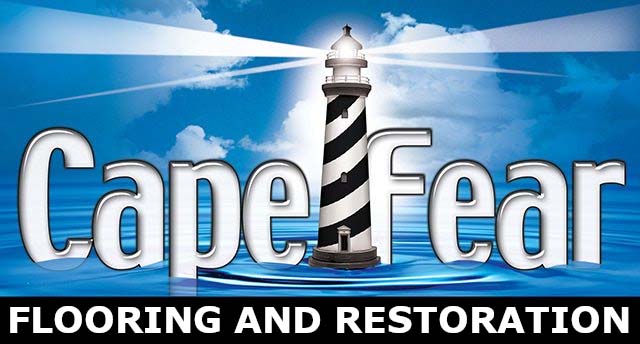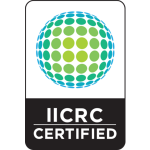Four Ways Mold Creeps into Your Home
Mold in your home can cause serious problems and can have serious adverse effects on the health of you and your family. This especially true when it comes to children and the elderly. If mold isn’t addressed and goes unprotected, it can quickly grow and spread throughout the entire house. This can become a serious issue depending on the type of mold that is present in your home. Household mold is a relatively common problem, and many homeowners are unaware that there is an issue until the mold starts to spread. This can happen in all kinds of ways, and many of them aren’t your fault! Here are some tips for how mold happens and what you can do to stop it.
Floods and Excess Water in Your Home
Whether from a natural disaster like a flood, a burst pipe, or a bathroom that is not properly ventilated, water in your home is a breeding ground for mold. If you can control the moisture in your home, the chances of having a mold issue reduce drastically. If water is left standing longer than 24-48 hours, or if items remain wet for an extended period of time, mold will gradually grow and the problem can get out of hand. If your home has suffered from any sort of water damage, clean it up immediately, Then you should call a water damage restoration expert to make sure everything is properly dried. Even if you haven’t dealt with a flooded basement or a leaky pipe, mold can slowly grow in damp areas like the bathroom or crawl space. Keeping damp areas well-ventilated can help combat that growth. In the case of a flood or major leak, the best bet is to dry out the areas you can, and then call the experts to come ensure that your home is properly dried. It may seem to be properly dried but the areas beneath your carpet will remain wet unless properly dried. This can include your carpet padding, subfloor, trim and even drywall! Mold can grow in all these areas if not addressed immediately.
Water Outside of Your Home
In many cases, mold growth begins after an issue with standing or excess water inside your home. Even if you haven’t had the misfortune of a flood or storm, water outside of your home can still cause major issues. If gutters aren’t cleared or working properly, water from rain can fall and gather around the foundation of your house, slowly leaking inside through tiny cracks in the wall or foundation. This doesn’t occur suddenly as a flood or burst pipe, so it can go on unnoticed for a while, allowing mold to grow in the meantime. If you notice that water is leaking into your home, consider a professional mold inspection.
Old Materials
No matter how clean or dry your home is, it’s possible for mold to hitch a ride inside. Pick up a nice piece of wood furniture at a local yard sale? Did your grandmother pass down a beautiful old painting to your family? If these items were previously wet or water-damaged, they could be carrying mold spores. Mold loves to grow on old wood furniture, frames, and more. Odds are, introducing these items to your home won’t be an issue, especially if your home isn’t an overly damp environment that allows mold to spread, but always check to be safe. Mold is also commonly found behind old wallpaper, so if you moved into a house with old wallpaper, it might be a good idea to peek behind it.
High Humidity
Mold occurs naturally in the air. Even if your home doesn’t have any mold growth, mold spores can make their way inside by floating through the air, or via the dust particles in your house. If these mold spores land on a wet spot or in a damp area inside, they can rapidly grow. This is particularly true if the area stays wet or if the humidity is high. Keeping the humidity in your home at proper levels can help ensure mold doesn’t take hold and flourish. The Environmental Protection Agency recommends that indoor humidity be kept below 60 percent. Living in the south, we are prone to high levels of humidity – especially in the summer months! Keeping your AC running, or a dehumidifier is a great way to reduce these humidity levels and help keep mold from growing!
There are plenty of ways that mold can take hold in your home, but with the right precautions, you don’t have to worry about this pesky problem. If you do find yourself battling mold, or your home has suffered water damage, and you want to make sure it’s properly cleaned so that mold doesn’t grow in the future, don’t hesitate to contact Cape Fear Restoration so we can discuss your needs or provide a free estimate. Remember, just because you see growth does not mean it’s “mold”. Mold is a very serious issue that should only be diagnosed and handled by trained professionals!




